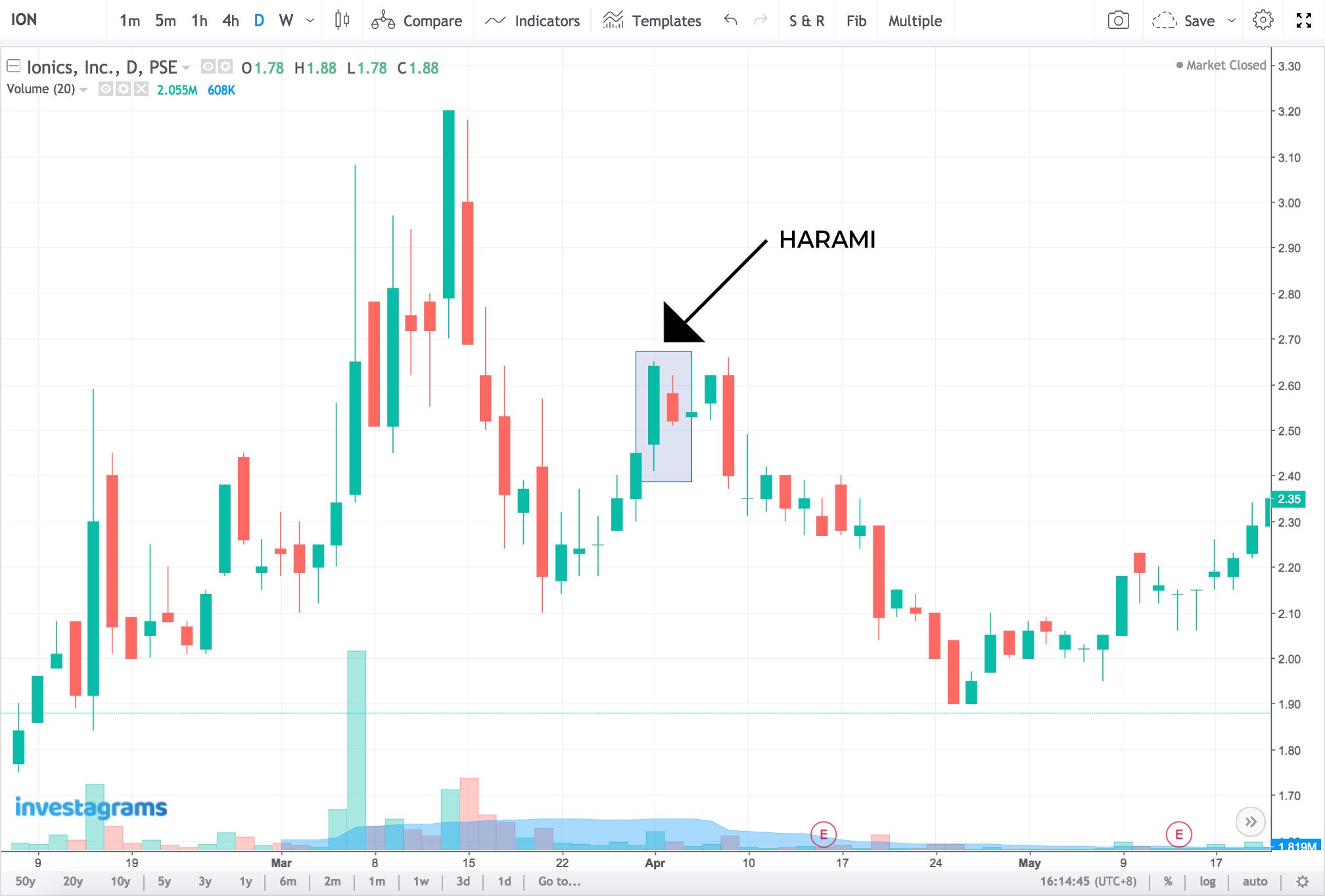
If the real body of the Japanese candlestick pattern is visualized in red, the stock has closed lower than the opening price (bearish).
#Candlestick patterns how to#
Here is how to read candlestick patterns when you see them on the chart: Real Body The next thing to look for is the candlestick shadow, which helps track the daily high and low prices and how they compare to the open and close prices. It tells investors whether the closing price for the observed period was lower or higher than the opening one. The first is related to the wide part of the candlestick, known as the “real body”. There are three essential things to bear in mind if you want to understand how to read candlestick patterns.

Some sources suggest candlestick patterns were developed in 1750 by a Japanese businessman from Sakata, named Munehisa Homma, who was trading rice at the local exchange. The story of candlestick patterns’ origin is so popular that over the years, it started evolving, and today, it is hard to divide fiction from reality.

Due to being densely packed with valuable information, Japanese candlestick patterns have become one of the most preferred trading tools. The candle wick and its tail indicate the high and low price points that have been recorded throughout the day. The first two, open and close prices, are represented by the thick body of the candlestick. Japanese candlestick charts, however, can also represent intervals longer or shorter than one day.Ī single candlestick pattern is constructed of four different components representing important pieces of pricing information for the trading day – open, close, high, and low. This means if you are observing a one-month chart, you will likely see 20 candlestick patterns. They are used by traders to time their entry and exit points better.īy default, candlestick charts show one-day intervals.

Candlestick patterns are technical trading formations that help visualize the price movement of a liquid asset (stocks, FX, futures, etc.).


 0 kommentar(er)
0 kommentar(er)
